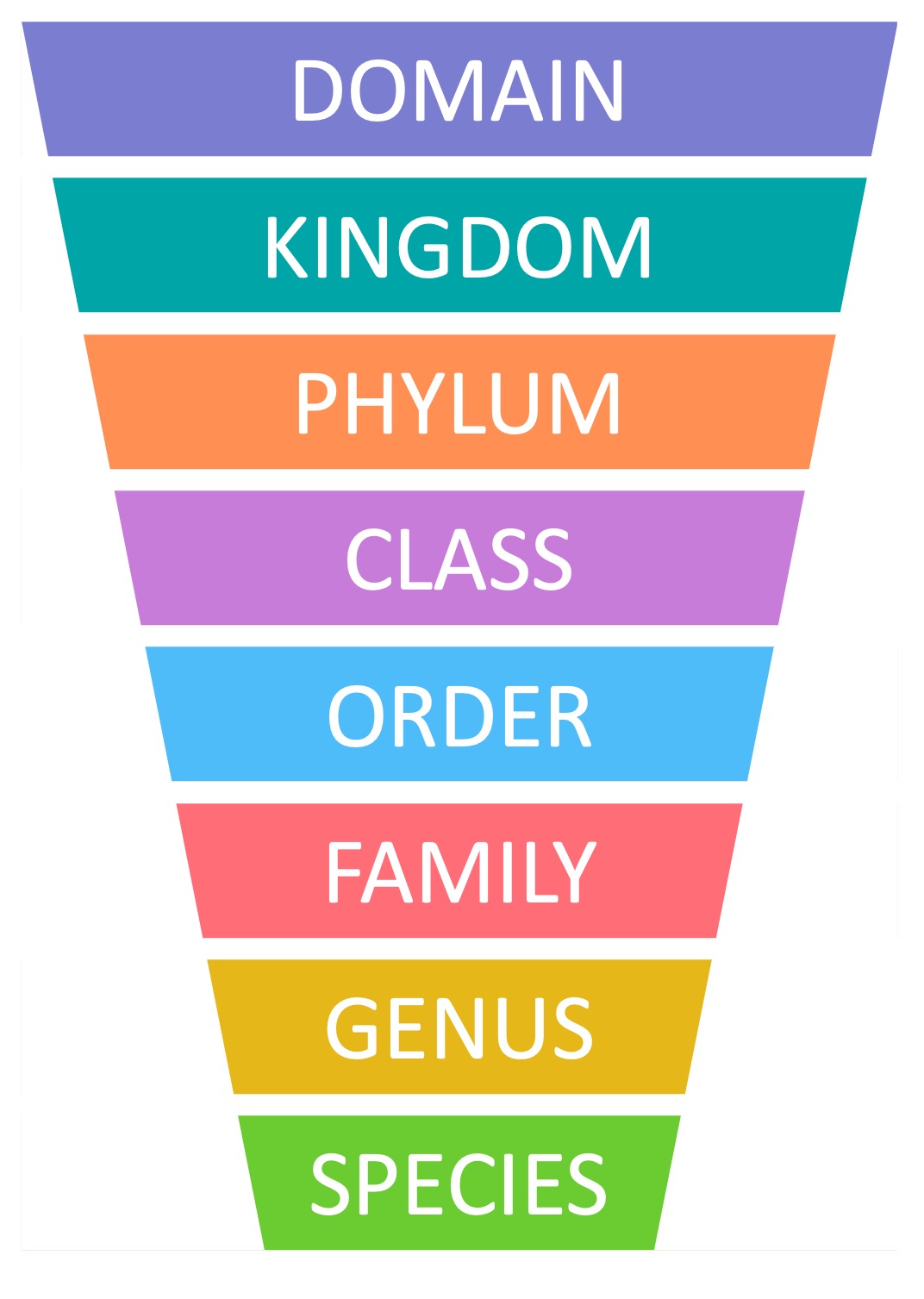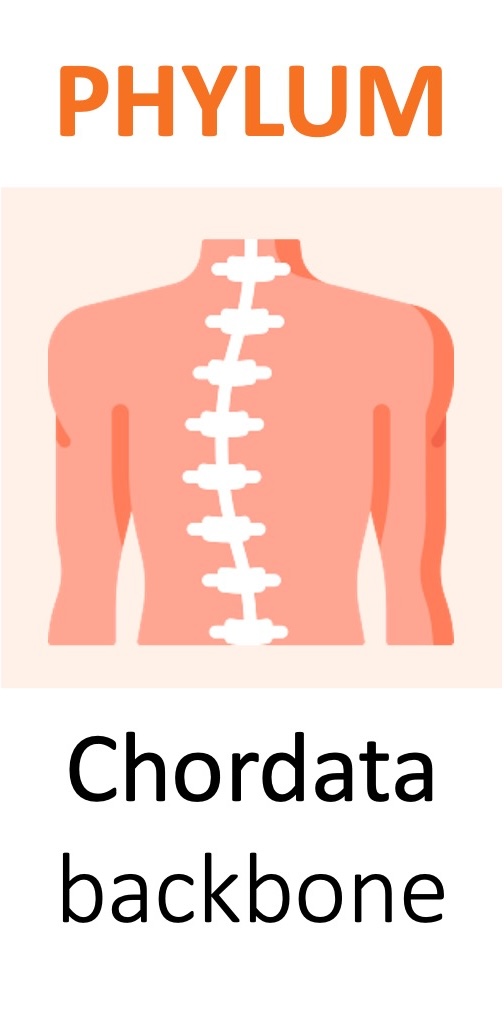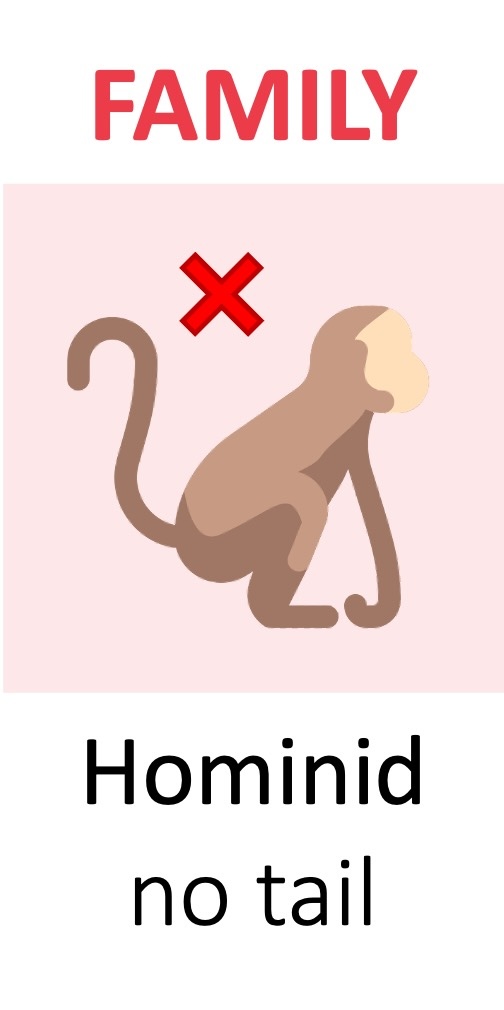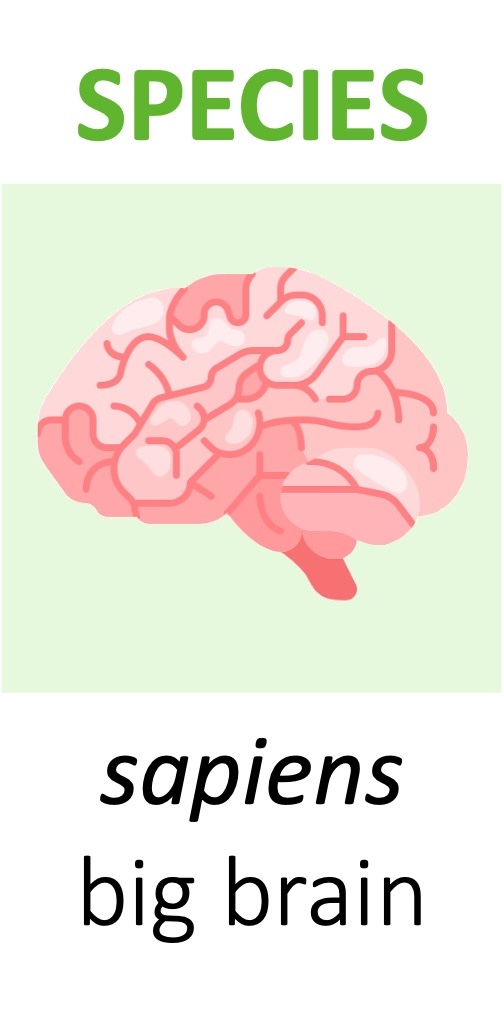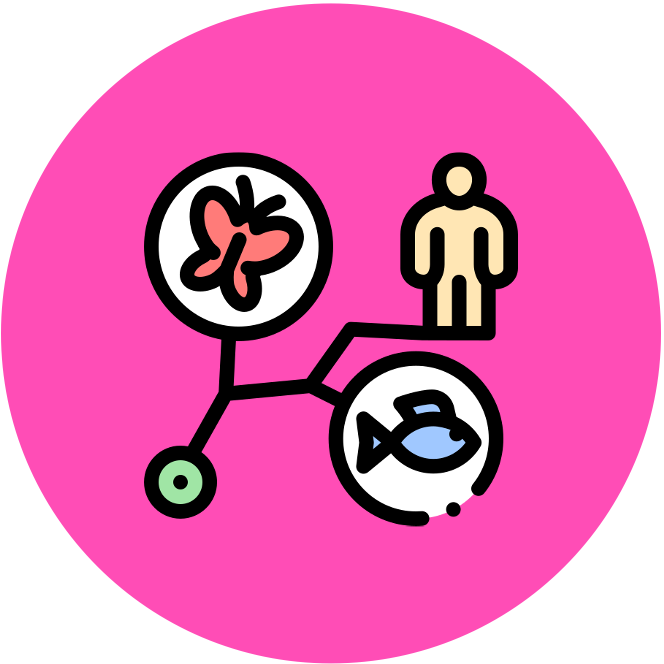

Taxonomy
All living organisms show variation, which allows individuals to be differentiated from other members of a group
-
Even cloned organisms will develop unique characteristics as a consequence of exposure to distinct environmental conditions (epigenetics)
Biological variation is important as it influences survival prospects and allows for change over time (evolution)
-
Variation can arise from direct changes to the genetic material (mutations) or its rearrangement during sexual reproduction (recombination)
-
Genetic variations that change gene activity or protein function may introduce different and unique characteristic into a population
Within a population, variation can be either discrete or continuous
-
Discrete variation describes traits that can be organised into distinct categories (e.g. human blood types)
-
Continuous variation describes traits that exist along a continuum (e.g. human height or body weight)
Taxonomy
Organisms can be classified according to the distinguishable characteristics that separate them from other living things
-
Organisms that share common characteristics can be categorised into a common ranking unit (called a taxon)
The principal taxa for classifying living organisms are domain, kingdom, phylum, class, order, family, genus and species
-
This hierarchical system of descriptors organises and groups individuals according to their common features
-
Organisms that possess more characteristics in common will consequently share more taxonomic units
-
Organisms that possessed the greatest number of shared traits are identified as belonging to the same species
Taxonomy Example
Taxonomic Ranks
